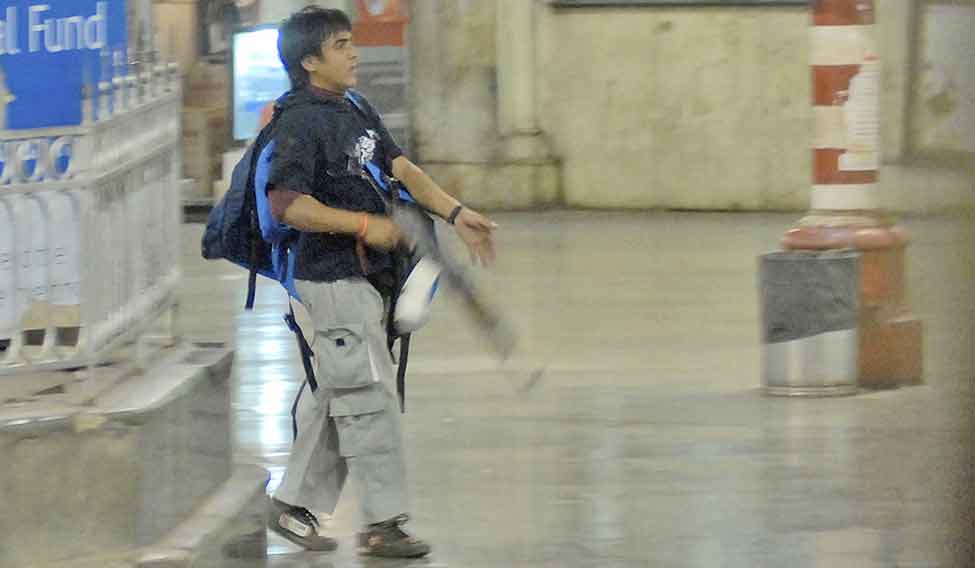The album had pictures of the most beautiful girls Ajmal Kasab had seen. “Sadde te hosh ud gaye si kudiya wekh ke (We went crazy when we saw the girls),” Kasab told officers interrogating him in connection with the 26/11 Mumbai terror attack.
One of the interrogators, a defence ministry official, told THE WEEK that, when the terror recruits were feeling nervous, they were shown the girls' pictures and were told to pick one each. After completing their mission in India, they could lead a happy married lif e back home, they were told. They were then made to talk to some women, on the phone, who claimed to be the girls in the album and encouraged them to do their job properly. This, apparently, put them at ease. They were then told to talk to a person in Mumbai who would arrange a boat for them. “This person promised Kasab and his gang that he would bring them back to Karachi once they had finished their mission and said he would tell them the pick-up point later,” said the official.
Now, more than three years after Kasab was hanged, it seems there was indeed an escape plan. During his deposition to a civil and sessions court in Mumbai on February 8, Lashkar-e-Taiba operative David Coleman Headley, an approver in the 26/11 case, said the Chhatrapati Shivaji Terminus, which was eventually attacked, was not the target, but the point of escape for the terrorists.
Deposing via video conference from an undisclosed location in the US, Headley made several such revelations. He said the same ten terrorists had made two unsuccessful attempts on Mumbai, in September and October, before finally striking on November 26, 2008.
He said he had been trained by Lashkar-e-Taiba and that the 26/11 attack was masterminded by the LeT with the approval of Pakistan's Inter-Services Intelligence. Headley is serving a 35-year sentence in a US prison after being convicted by a court in Chicago for his involvement in the Mumbai attack.
“We had all along information gathered by security agencies after interrogating Headley. But, as that didn't have necessary legal sanctity, we needed to take things forward. Headley's deposition is a step in that direction,” Ujjwal Nikam, special public prosecutor in the 26/11 case, told THE WEEK.
He said Headley's deposition proved the deep nexus between the ISI and the LeT, its “protege of sorts”, especially in the operations leading up to the Mumbai attack.
During the deposition, Headley stressed on the deep synergy between top-rung LeT field commanders and their “masters” in the ISI. “Not that we didn't [already] know what Headley said when he deposed, but his narrative provided judicial evidence about the role played by those behind the Mumbai attack, something India needed badly at this stage,” Vappala Balachandran, former Research and Analysis Wing official, told THE WEEK.
Headley also said he “carried out exclusive reconnoissance tasks for the ISI handlers” and used to separately brief his ISI handler after each visit to Mumbai. He said that on his eight trips to India, he had carried out reconnaissance of possible targets in Delhi, including the vice president's house, India Gate and the National Defence College.
Strategic expert Commodore Uday Bhaskar (retd) told THE WEEK: “These revelations have further exposed the Pakistan army and the ISI, and their accomplices in jihadi groups like the LeT. But, I don't think this is going to result in any changes in Pakistan's position.”






